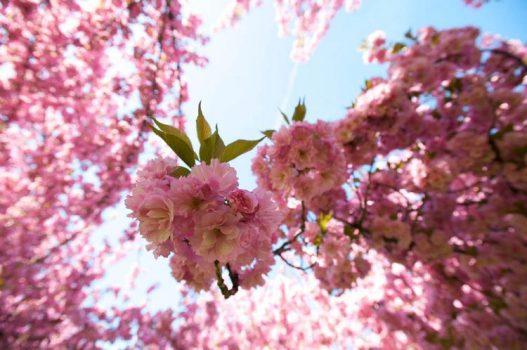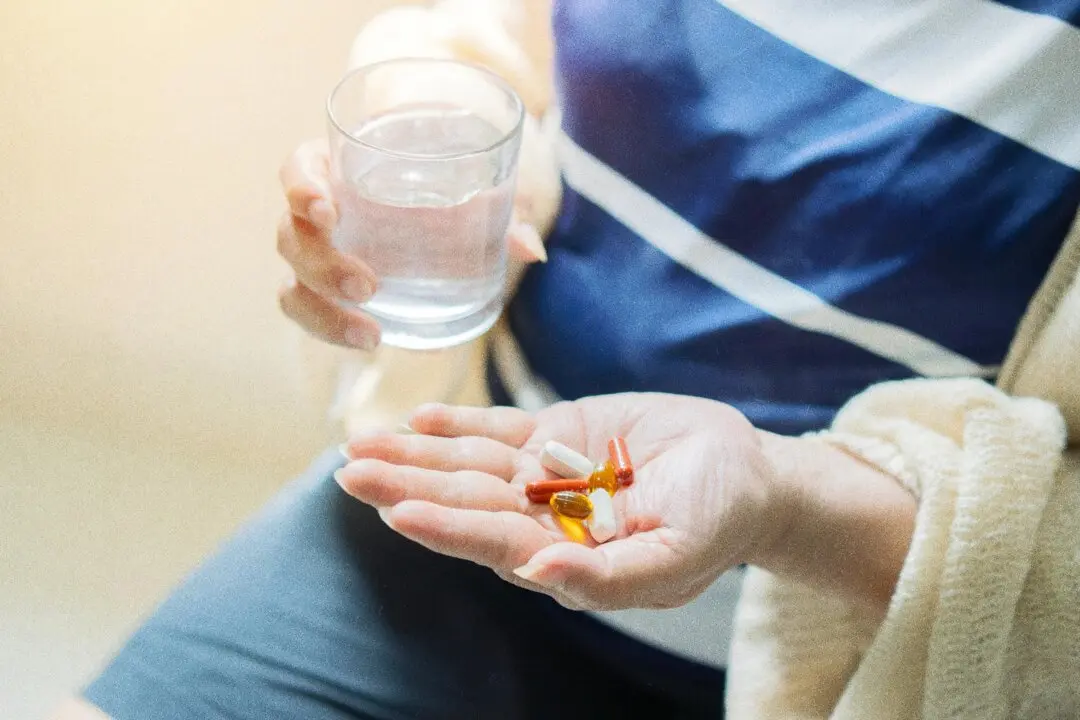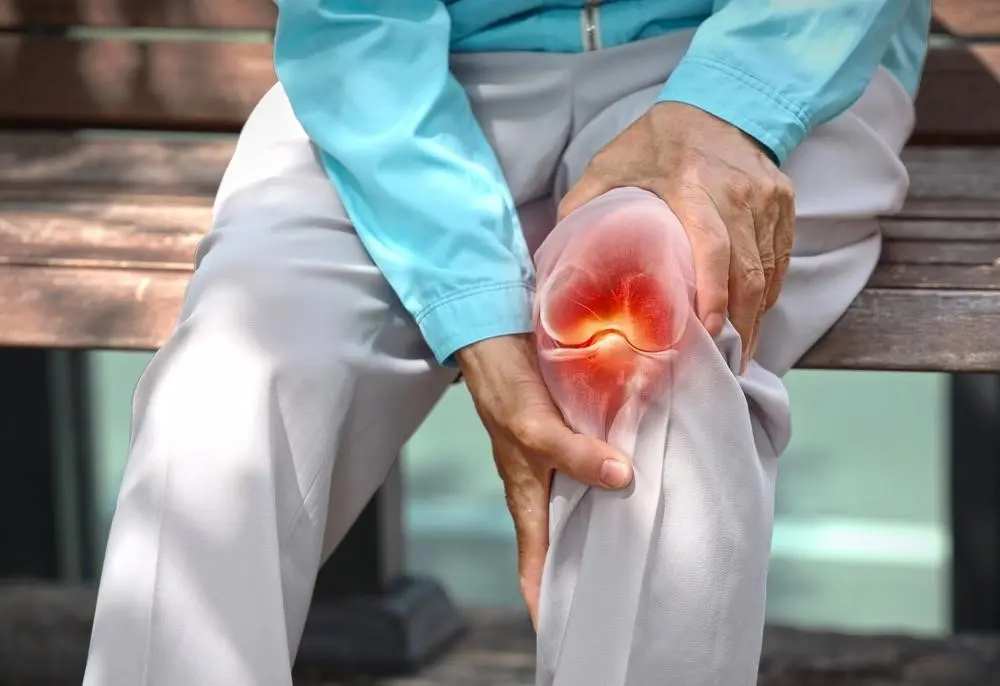Enjoying the transient beauty of cherry blossoms during the spring time has become a long tradition of the Japanese people. People go picnicking under cherry trees not only in famous sightseeing spots, but also parks and river banks. Wherever there is boisterous cherry blossoming, there is laughter and fun.

Cherry blossoms at the Brooklyn Botanical Garden. Joseph O. Holmes, courtesy Brooklyn Botanic Garden





